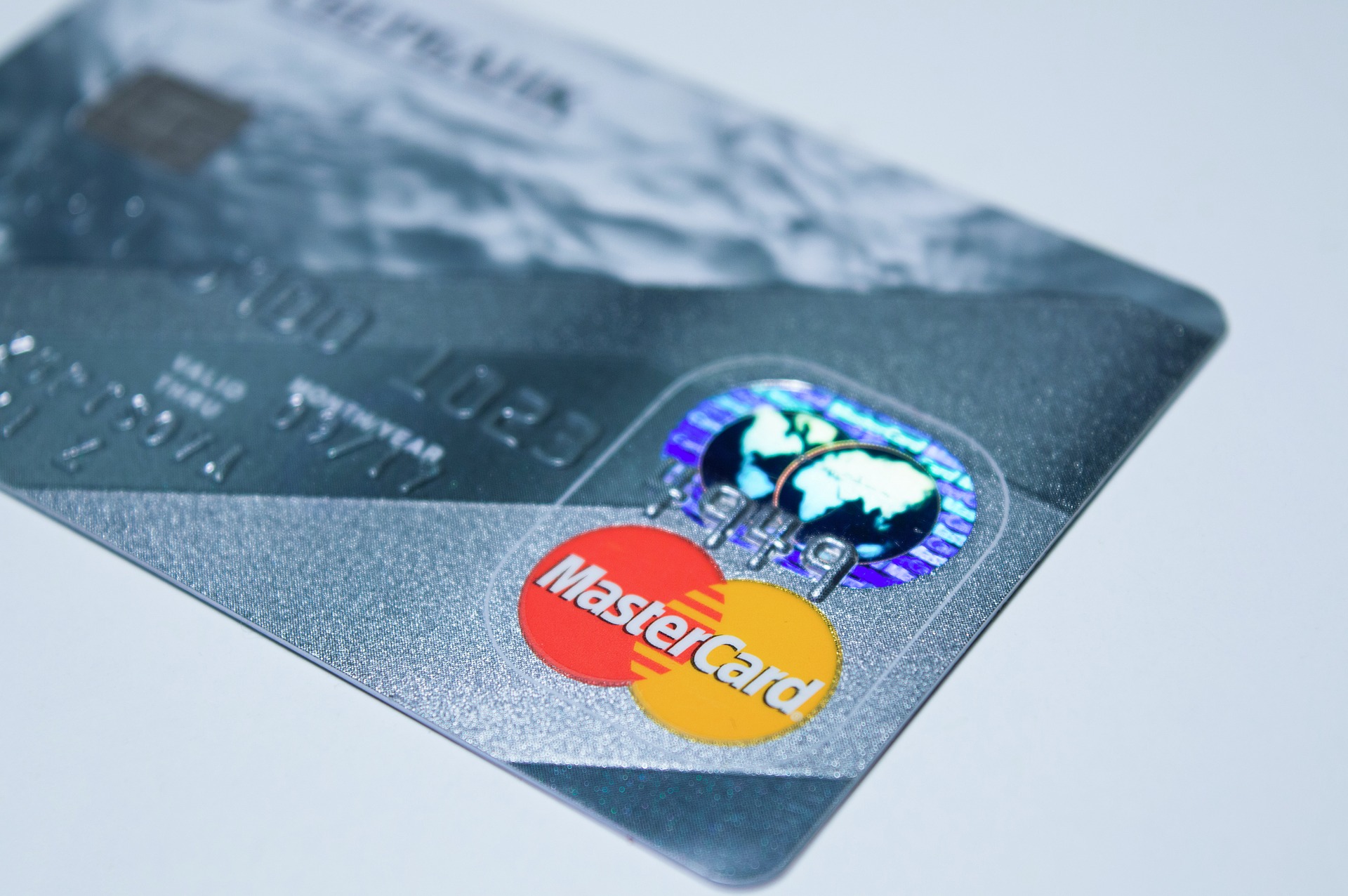
If you have bad credit or very little credit history, your credit card options are usually fairly limited. This is especially true if you are looking for an unsecured card, as a poor credit score often makes that incredibly difficult to find. However, the Surge Mastercard is one of the few options that may allow you to get an unsecured credit card even if your credit history has quite a few blemishes or doesn’t have much history built up.
Plus, the card reports to all three major credit bureaus, allowing good behavior with the lender to positively impact your credit score across the board. But, before you apply, you would probably like a few questions answered. Here’s a look at the top three questions about the Surge Mastercard and their off-putting answers.
1. What is the Surge Mastercard Interest Rate?
The Surge Mastercard is considered a starter card or a card for people with poor credit. It isn’t uncommon for cards in this category to have interest rates that are higher than the average, which was just over 15 percent for Q3 2019.
However, the Surge Mastercard interest rate is actually pretty high for even the starter category. It is set at a variable 29.99 annual percentage rate (APR) for purchases. If you carry a balance, what you owe can grow quickly, particularly if you only make the minimum payment on your card.
On a good note, you do have a 25-day grace period after the closing of your previous billing cycle. If you are able to completely pay off the statement balance during that time, you can avoid interest charges on the new purchases. But missing that window will cost you big time.
2. Is There an Annual Fee?
Yes, the Surge Mastercard has an annual fee, and it is painfully high. Also, the fee applies to both secured and unsecured versions of the card, so you can’t avoid it by putting down a deposit and going the secured route. Essentially, the yearly fee is unavoidable.
For the first year, the annual fee comes in at a shocking $125. That’s an astonishing 25 percent of the card’s initial limit. To make matters worse, the first year’s fee is assessed right when you start using the card. That means your $500 credit limit Surge Mastercard is technically only a $375 credit limit card when it first ends up in your hands, as $125 of the available credit is used to cover that fee. You will also be charged interest on that $125 if you don’t pay it off immediately.
After the first year, the annual fee does go down, but it’s still incredibly high for a non-reward, credit-building card. Every year after, the yearly fee is $96. Like the first-year fee, you also owe interest on the $96 if you don’t pay it off right away. However, that $96 (and any accruing interest) is not the only cost you’ll have to contend with if you choose the Surge Mastercard.
3. Are There Any Additional Costs?
Yes, along with the annual fee, after the first year, you also have to pay a monthly maintenance fee. Every month, cardholders are charged $10 for maintenance on top of any interest they accrue. That means an additional $120 per year in fees regardless of whether you carry a balance. In total, in the second year and beyond of having the card, you’ll pay a gut-wrenching $216 in fees. Considering the initial credit limit is $500 (which may be raised after you have the card for 12 months, but that isn’t guaranteed), the percentage of your available credit that might get sucked up in fees is pretty horrifying.
If that $10 isn’t paid off immediately each month, like the rest of the balance, interest accrues on that as well. This can drive your balance up quickly.
For cardholders who want to add an authorized user to their Surge Mastercard account. There’s another one-time fee to do that. It will cost you $30 to list anyone else as an authorized user, and that’s a pretty big fee for that kind of activity.
As for other costs, if you opt for a cash advance, you’ll get stuck with a 5 percent fee for that along with the variable 29.99 percent APR. If you’re late making a payment. Your late fee can be up to $39. There’s also a foreign transaction fee of 3 percent. Although, that actually isn’t out of the ordinary for cards at this level.
Build Your Credit History
Ultimately, the Surge Mastercard could allow people with little or poor credit to build a better credit history and raise their score. However, there are better options out there. To include those who may approve poor or no credit borrowers and don’t charge such painfully high fees. In all reality, the Surge Mastercard should be considered a last resort in most cases. Especially since there is no guarantee you’ll be approved for an unsecured card. The fees are ridiculous for a starter card and interest rate is astronomically high.
Are there other questions you ask when you are considering a new card like the Surge Mastercard? Are there certain answers you consider deal breakers? Share your thoughts in the comments below.
Read More:
- 8 Valuable Credit Card Benefits You Might Not Know About
- The Best Strategy to Pay Off Your Credit Card Debt Faster
- Why Was My Credit Card Application Denied?
If you enjoy reading our blog posts and would like to try your hand at blogging, we have good news for you; you can do exactly that on Saving Advice. Just click here to get started.
Tamila McDonald is a U.S. Army veteran with 20 years of service, including five years as a military financial advisor. After retiring from the Army, she spent eight years as an AFCPE-certified personal financial advisor for wounded warriors and their families. Now she writes about personal finance and benefits programs for numerous financial websites.
Comments